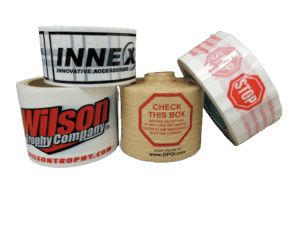Home » 7 Most Commonly Used Packaging Tapes: Which Should You Use?
7 Most Commonly Used Packaging Tapes: Which Should You Use?

When it comes to packaging and shipping, having the right type of tape can make all the difference. Not only does it ensure that your packages stay secure during transit, but it also helps to protect the contents inside. But with so many different types of packaging tape available, it can be difficult to know which one to choose.
In this blog post, we’ll take a closer look at the 7 most commonly used types of packaging tape and their unique properties, so you can make an informed decision when it comes to your packaging needs.
7 Most Commonly Used Packaging Tapes:
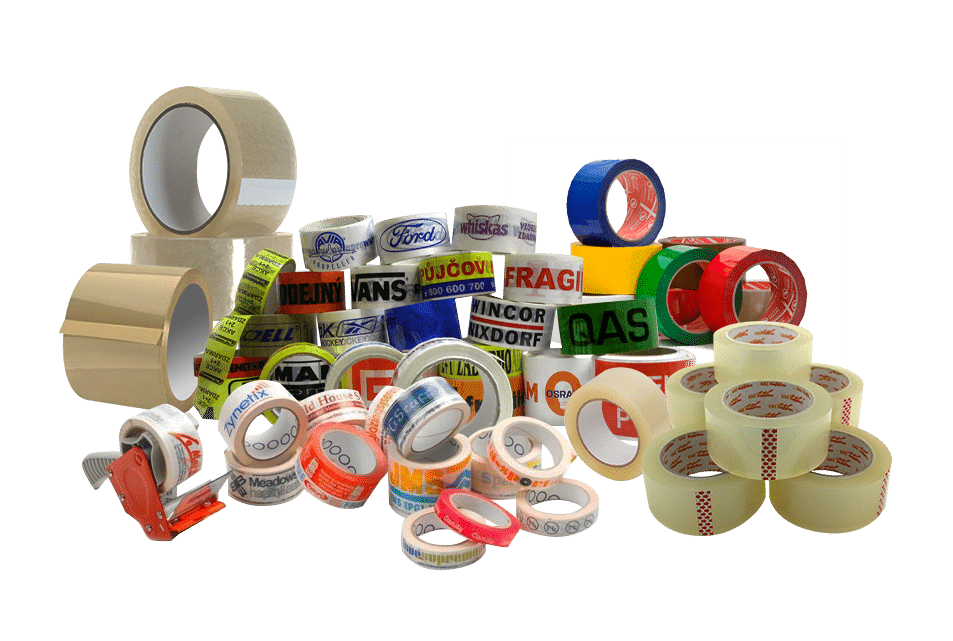
Clear Tape
Clear tape, also known as transparent tape, is a pressure-sensitive tape that is made from polypropylene or polyester. It is a versatile tape that is suitable for a wide range of packaging applications, including sealing boxes, envelopes, and bags. Clear tape is a great option for packaging items that need to be visible, as it does not obstruct the view of the contents inside.
Advantages
- Versatile, suitable for a wide range of packaging applications
- Transparent, does not obstruct the view of the contents inside
- Affordable
Disadvantages
- Not as strong as other types of tape
- Not suitable for heavy duty applications
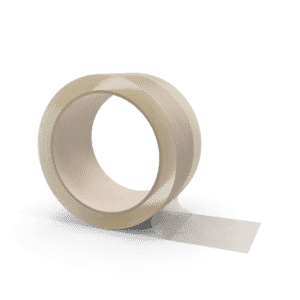
Brown Flatback Tape
Brown flatback tape, also known as paper packaging tape, is a type of pressure-sensitive tape that is made from strong paper. It is a strong and durable tape that is commonly used for sealing boxes and other packaging materials. Flatback tape is a great option for heavy duty packaging applications as it is strong, sustainable and durable.
Advantages
- Strong and durable
- Suitable for heavy duty packaging applications
- Sustainable
Disadvantages
- Not transparent, can obstruct the view of the contents inside
- Not suitable for applications where visibility is important
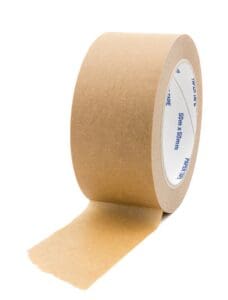
Masking Tape
Masking tape is a type of pressure-sensitive tape made from a thin and easy-to-tear paper. It is often used for light-duty packaging, sealing and bundling applications. The adhesive on masking tape is not very strong, making it easy to remove and reposition. It is available in a variety of widths and lengths, and colors.
Examples: Packaging and sealing boxes, temporarily holding items together, labeling items.
Advantages
- Easy to tear by hand
- Can be repositioned easily
- Easy to remove without leaving residue
- Available in a variety of widths and lengths
- Available in different colors
Disadvantages
- Not suitable for heavy-duty applications
- Not water-resistant

Duct Tape
Duct tape is a heavy-duty, water-resistant tape made from a combination of cloth and plastic. It is often used for industrial and commercial packaging applications, as well as for home repairs and DIY projects. It is available in a variety of widths and lengths.
Examples: Sealing boxes and bags, bundling items, reinforcing packaging
Advantages
- Strong and durable
- Water-resistant
- Can be used for a variety of applications
- Available in a variety of widths and lengths
Disadvantages
- Not as easy to tear by hand as other types of tape
- Can leave residue if removed
- Can be difficult to remove if left on for an extended period of time.

Water-Activated Tape (WAT)
WAT is a type of paper tape that is activated by water, making it an ideal option for sealing heavy-duty boxes and packages. The tape is made of a thick, kraft paper material and has a water-activated adhesive on one side. This type of tape is often used in industrial and commercial packaging applications and is known for its strength and durability. Customization options include printing company logos or branding on the tape.
Advantages
- Water-activated adhesive provides a strong bond, making it suitable for heavy-duty packages
- Made of durable kraft paper material
- Reinforced version available
- Customizable with company branding or logos
Disadvantages
- Requires a water-activated dispenser to apply the tape
- Not as versatile as other types of tape, as it can only be used for specific packaging applications
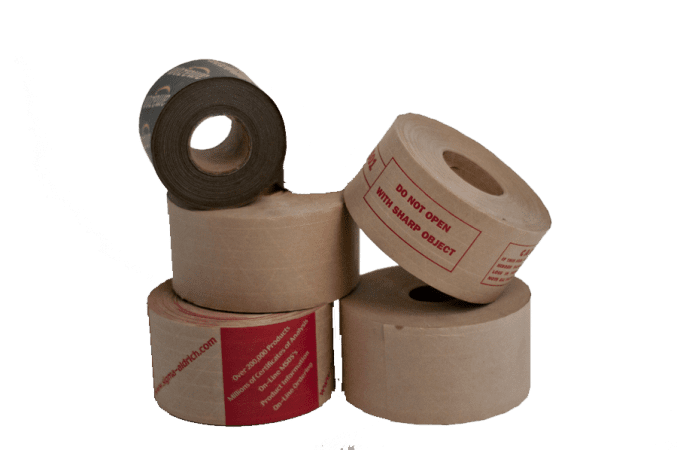
Film Tape
Film tape is a type of tape that is made of a thin, clear plastic material. It is often used in packaging applications where visibility of the package’s contents is important, such as with retail packaging. The tape has a strong adhesive that is suitable for a variety of packaging materials. Customization options include printing company logos or branding on the tape.
Advantages
- Clear plastic material allows for visibility of package contents
- Strong adhesive suitable for a variety of packaging materials
- Customizable with company branding or logos
Disadvantages
- Not as durable as other types of tape
- Can be easily torn or punctured
Double-Sided Tape
Double-sided tape is a type of tape that has adhesive on both sides, making it ideal for attaching items together without leaving a residue. This tape is often used in packaging applications where a clean and professional look is desired, such as with retail packaging. The tape can be made of a variety of materials, such as paper, plastic, or foam.
Advantages
- Adhesive on both sides allows for attaching items together without leaving residue
- Can be made of a variety of materials
Disadvantages
- Not suitable for heavy-duty packaging applications
- Can be difficult to remove without leaving residue
Summary: Which Packaging Tape Should You Choose?
In conclusion, there are many different types of packaging tape available, each with their own unique advantages and disadvantages. It’s important to choose the right type of tape for your specific packaging application, whether it be a light-duty package or a heavy-duty package, a clean and professional look or a durable and strong hold. With the right tape, you can ensure that your packages are secure and protected during transit and storage. And if you want to add your branding on the tape, it is a good way to make your brand more memorable to the customers.
If you are interested in packaging tape, stock or custom, then contact Brown Packaging today for assistance.
Corrugated board comes in multiple flute sizes and wall grades, each designed to balance strength, weight, and cost. Selecting the wrong grade can lead to
As tariff changes reshape global trade, packaging buyers moving production from China to the U.S. or nearshore regions face a new challenge: supplier qualification. Transitioning
With new tariff proposals and continued trade uncertainty, 2026 is shaping up to be another pivotal year for packaging sourcing strategy. Many companies that shifted
Following multiple rounds of tariff changes and trade policy adjustments, 2026 marks a turning point for U.S. packaging buyers. Many who previously transitioned from China
Shifting packaging production from China to the U.S. can help stabilize costs, reduce tariff exposure, and shorten lead times. But the transition process requires careful
RSC boxes are known for their efficiency and versatility, but their performance ultimately comes down to strength. Buyers often see numbers like ECT, BCT, and
Home » 7 Most Commonly Used Packaging Tapes: Which Should You Use?

In the highly competitive beauty industry, packaging is much more than just a container for products. It plays a pivotal role in brand identity, customer
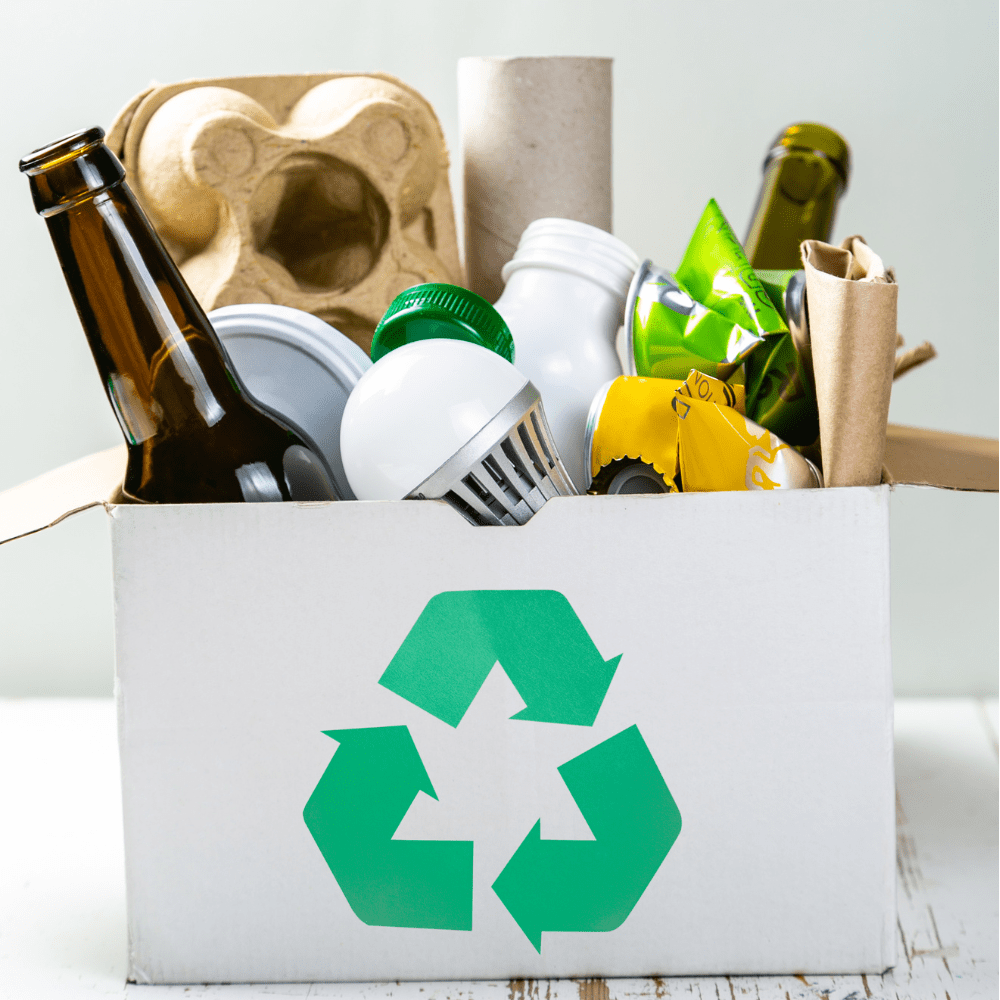
The increasing demand for consumer goods and the resulting surge in packaging waste have prompted a growing concern for the impact of packaging on the
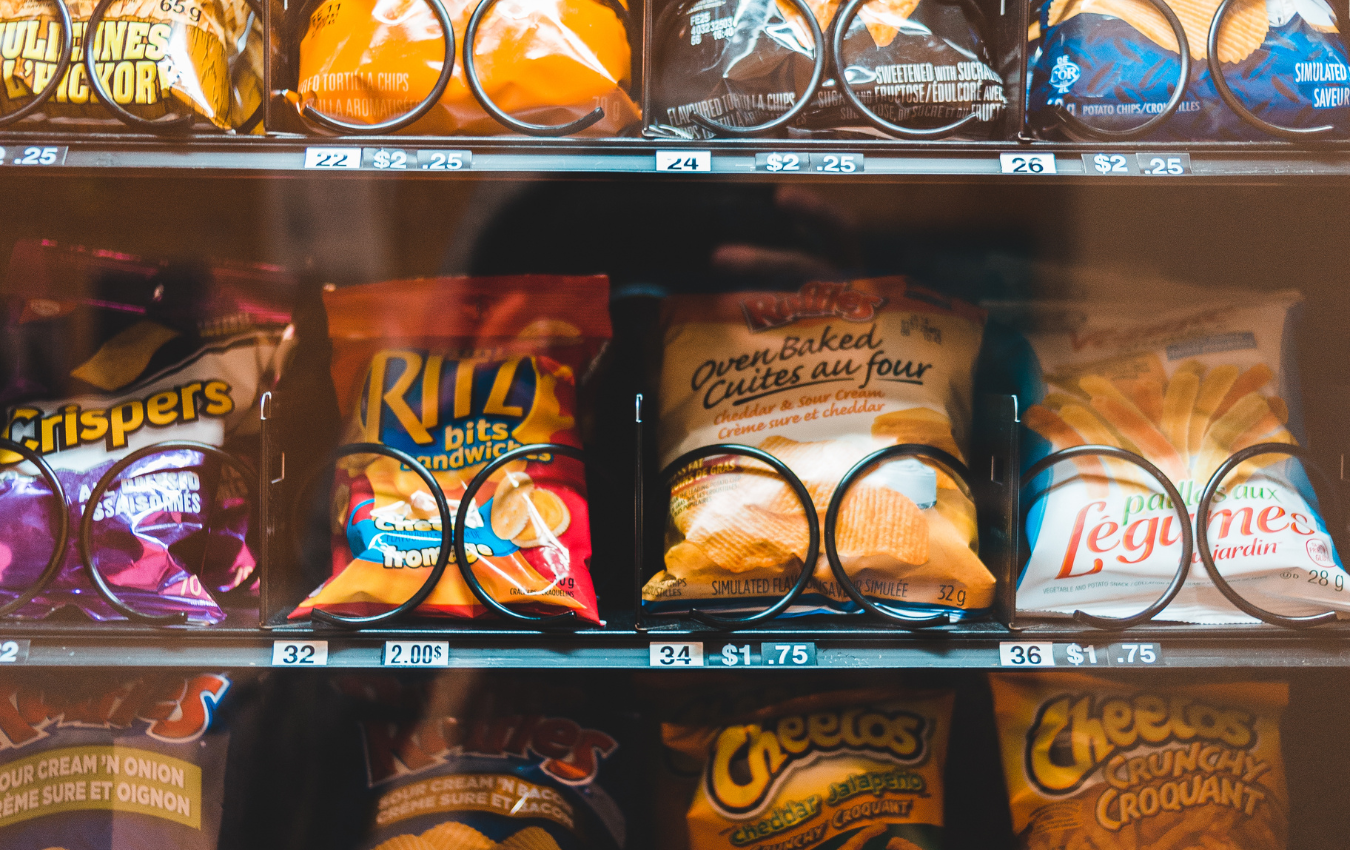
Packaging plays a pivotal role in the world of snacks, influencing everything from freshness and shelf life to branding and consumer appeal. With a multitude


